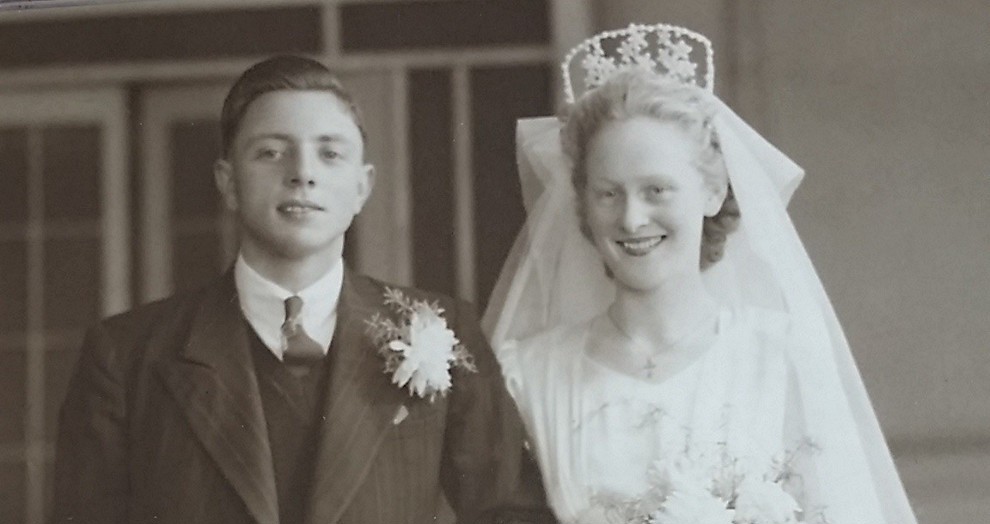To mark the 80th anniversary of Victory in Europe Day (V-E Day) on 8th May, we’ve put together six lesser known facts about this momentous day, which led to peace across Europe after nearly six years of war.
Whether you’ve just heard about V-E Day and want to find out more, or perhaps you’re learning about VE Day in school – here are six unique facts which will expand your knowledge on one of Europe’s largest celebrations.
1. Hitler died only 7 days before Victory in Europe Day
On 30th April, 1945, Hitler committed suicide in his bunker “Führerbunker” as Soviet troops closed in on Berlin. Even after Hitler’s death, Germany continued to fight on, with very limited weapons or military personnel to hand.
In Berlin, it was mainly the Hitler Youth and Waffen-SS who continued to fight to the end, even though it was inevitable Germany’s defeat was just around the corner.
After Hitler’s death, Nazi Germany was very briefly led by Grand Admiral Karl Donitz. On 7th May, 1945, the German armed forces finally surrendered unconditionally to the Allies.
2. Victory in Europe Day didn’t mark the end of WW2
Even though V-E Day led to peace across Europe, WW2 didn’t actually end until 2nd September 1945, which marked just over six years since Nazi Germany’s invasion of Poland on 1st September, 1939.
After V-E Day, on 8th May 1945, WW2 was prolonged as the Allies were still at war with Japan. In August, the United States dropped devastating atomic bombs on Nagasaki and Hiroshima, which gave Japan no option but to surrender, which led to the end of WW2.
Over the course of WW2, it's estimated over 70 to 85 million people* lost their lives.
3. Not all German forces were aware of Germany’s surrender
The news of Germany’s surrender didn’t reach all corners of Europe. There were still a small number of German units fighting in Norway and Denmark, who didn’t actually stop fighting until many weeks after 7th, May 1945.
In addition, it took time for the Allies to reach more isolated areas of Europe such as the Channel Islands.
Across Europe many minefields had to be cleared and buildings restored. Even today, leftover and unexploded WW2 bombs are still being found across Europe.
4. Some people celebrated V-E Day early
After so many years of war, rations and bombing raids, it's no surprise that many people in Britain and Europe couldn't wait to celebrate. Even though the official celebrations for V-E Day were set for the 8th May, 1945, many started the festivities early on 7th May.
Civilians and military personnel who had already returned home, took to the streets to erect British flags, bunting and signs in preparation for the 8th May. On the eve of V-E Day, many people also lit bonfires and spent the night at their local pub.
5. The 8th May, 1945 was marked a national holiday
After Winston Churchill's announcement that Nazi Germany had unconditionally surrendered – V-E day on the 8th May was declared a national holiday.
A majority of Britain's population took to the streets to celebrate V-E Day. Many hosted street parties and headed to their local town or city centre to experience the enormous crowds.
For those that headed to London, many gathered in front of Buckingham Palace to see the Royal Family. It's estimated that close to 100,000 people crowded outside Buckingham Palace and The Mall. It's even rumoured the late Queen Elizabeth II and Princess Margaret were among the crowds!
Across the country, some revellers were even lucky enough to fall in love, including Kenneth and Barbara Pickard. Kenneth was part of the Hampshire Regiment during WW2 and lost his right leg in combat. Struggling with crutches, Barbara and Kenneth plucked up the courage to talk to each other, and just 18 months later they got married.

6. The 80th anniversary of Victory in Europe Day holds significant importance
2024 marked the 80th anniversary of the D-Day landings, but 2025 will mark the 80th anniversary since the end of WW2 in Europe.
This anniversary holds significant importance, as it is likely the last major milestone where a number of WW2 veterans are still alive to share their remarkable stories. 2025 also marks the 80th anniversary of VJ Day.
In 2024, D-Day veteran and Blesma Member Roy Hayward was able to make it to the D-Day 80th anniversary commemorations in Portsmouth and recount his story. Roy was severely injured during the D-Day Landings, losing both of his legs. Roy was one of the last surviving veterans from the D-Day Landings. He sadly passed away in December, 2024.
*WW2 fatalities stats from Statista.
Header image: © IWM (EA 65796)
We can help
We are dedicated to assisting serving and ex-Service men and women who have suffered life-changing limb loss or the use of a limb, an eye or sight. We support these men and women in their communities throughout the UK. Click the link below to find out the different kinds of support we offer.
Get Support